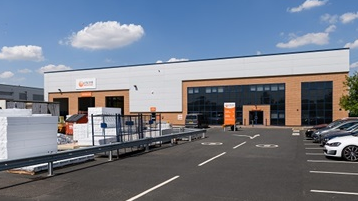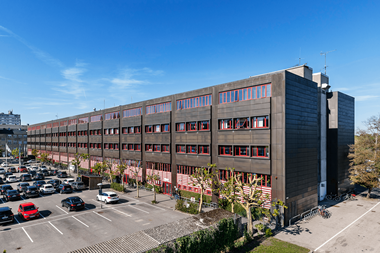AUSTRALIA – The total assets of Australian superannuation funds has exceeded the country’s gross domestic product (GDP) for the first time since 2007, according to Charter Hall, one of Australia’s largest property investment managers.
In the 2013 financial year, superannuation assets rose by AUD217bn (€145bn), while nominal GDP grew by AUD37bn.
A clear relationship to property pricing is evident as funds are reallocated toward or away from alternate assets, Charter Hall said.
In addition, it expects continuing demand from self-managed superannuation funds (SMSFs) for investment in direct property in 2014, with the funds already making up 60% of its investor base.
It said: “The SMSF sector is the fastest growing area of the Australian superannuation industry. SMSF investors have an appetite for direct investment and a desire for control and transparency.”
It pointed out that direct property provided self-directed investors with quality assets with lower gearing, conservative payout ratios and increased transparency.
“According to Property Investment Research (PIR),” it added, “over the previous three years, equity-raising from property syndications has grown by 100% each year, from AUD40m in 2010 to a forecast AUD510m in 2013.”
Richard Stacker, head of direct property at Charter Hall, said: “Over the past three and a half years, [Charter Hall] has seen new equity flows in the unlisted retail funds it manages averaging $156m per annum.
“This significant increase is further evidence Australian direct property has become a popular home for retail investors looking for alternative investments that have a return profile less correlated with equity markets and other asset classes that can be vulnerable to swings in returns.”
Western Australia continued to provide the strongest returns for direct property over the year to September, according to Charter Hall.
Stacker added that while, the region’s economy has moderated, as the mining industry begins to transition from construction to output phases, a number of factors that contributed to Perth being Australia’s strongest performing office market over the past decade still remain.
Total returns over the year to September showed Perth’s office (11.6%) and retail (10.7%) again performed above the national benchmark for broader property of 9%, and while September figures for Perth industrial are yet to be finalised, growth over the year to June was 15.4%.

















